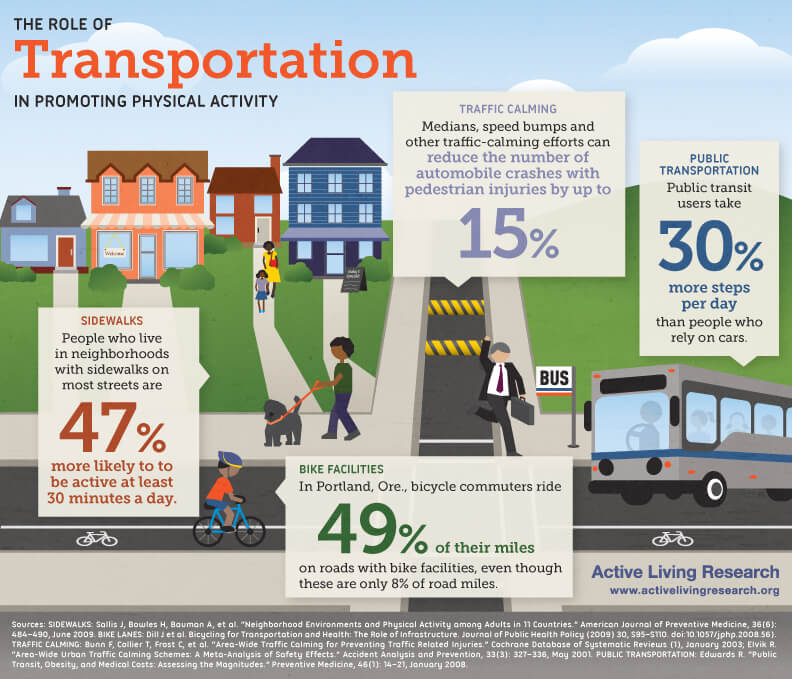NJLTAP Enews Volume 20, Issue 2 – March/April 2018
Walk Friendly Communities (WFC) is a national recognition program developed to encourage municipalities across the United States to prioritize support for safe and comfortable walking environments. Supported by the Pedestrian and Bicycle Information Center and operated by the University of North Carolina Highway Safety Research Center, WFC supports the twin goals of increasing the level of walking and reducing pedestrian crashes through policies, projects, and programs.
Since 2010, over 160 communities have submitted applications for assessment and recognition as a “Walk Friendly Community.” While every community receives detailed feedback, 64 communities have been recognized with a designation of Bronze, Silver, Gold, or Platinum. The WFC assessment tool was developed through a review of relevant programs, guides, and research; collaboration among a diverse group of pedestrian experts; and pilot testing among communities. The designations are good for 5 years, so communities must reapply to maintain their designation or move up a level.
In addition to assessing planning, education, encouragement, enforcement, and evaluation practices, the WFC assessment tool asks applicants to explain their design guidelines and implementation of proven safety countermeasures for both pedestrians and other roadway users. Many of these countermeasures used among communities recognized as being Walk Friendly are being promoted through the Every Day Counts (EDC-4) Safe Transportation for Every Pedestrian (STEP) program; for example, crosswalk visibility enhancements, raised crosswalks, pedestrian refuge islands, Road Diets, and pedestrian hybrid beacons.
Communities that have received a Walk Friendly designation have a demonstrated commitment from staff, advocates, and elected officials to ensure that street projects include safety improvements for pedestrians. Some communities have programs that support standalone pedestrian improvements like sidewalks or the systemic installation of a safety countermeasure like high-visibility crosswalks, refuge islands along corridors, or pedestrian hybrid beacons.
WFC applications are accepted twice each year, so check the WFC website for important information about the process and to access an assessment tool that helps communities plan for and prepare their applications.
For more information, please send an email to info@walkfriendly.org. For more information about STEP or other information on improving pedestrian safety, please contact your local FHWA Division office.
This newsletter is published biannually by the New Jersey Local Technical Assistance Program, Center for Advanced Infrastructure and Transportation, Rutgers University, using funds from the Federal Highway Administration and the New Jersey Department of Transportation. The opinions, findings, or recommendations expressed in this newsletter are those of the New Jersey Local Technical Assistance Program and do not necessarily reflect the views of the Federal Highway Administration nor the New Jersey Department of Transportation nor Rutgers University. Any product mentioned in this newsletter is for information purposes only and should not be considered a product endorsement.


